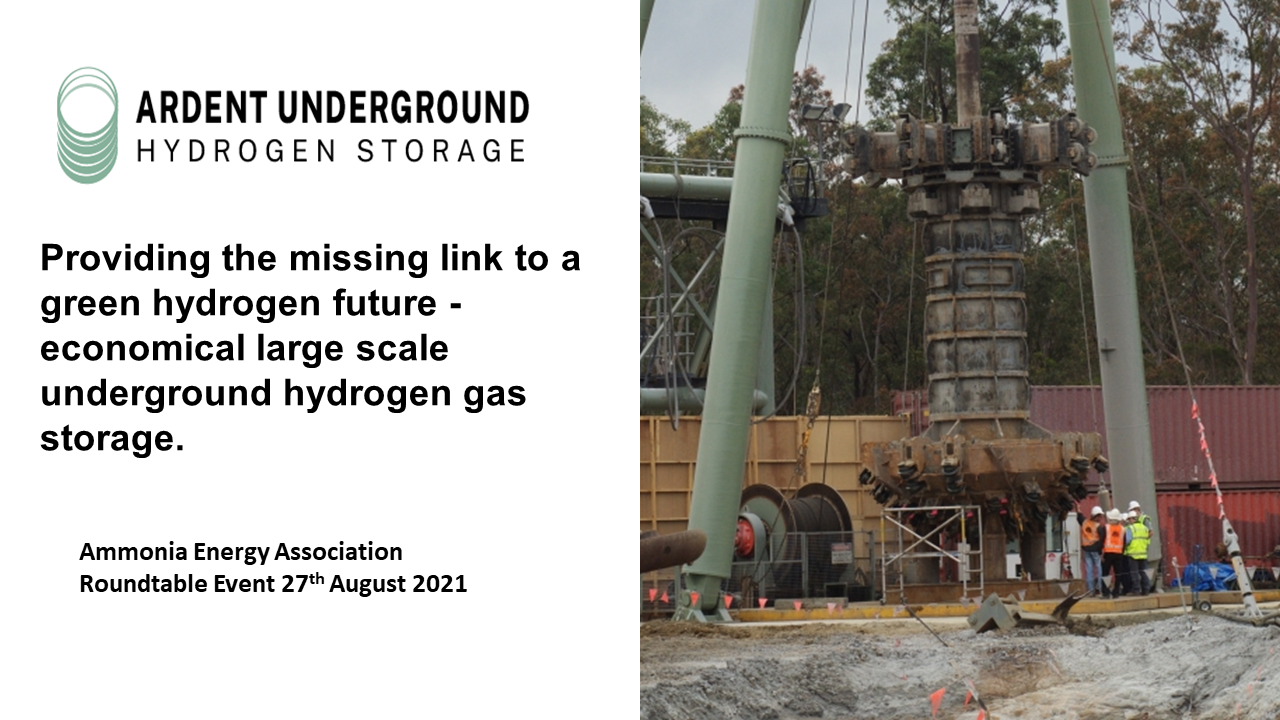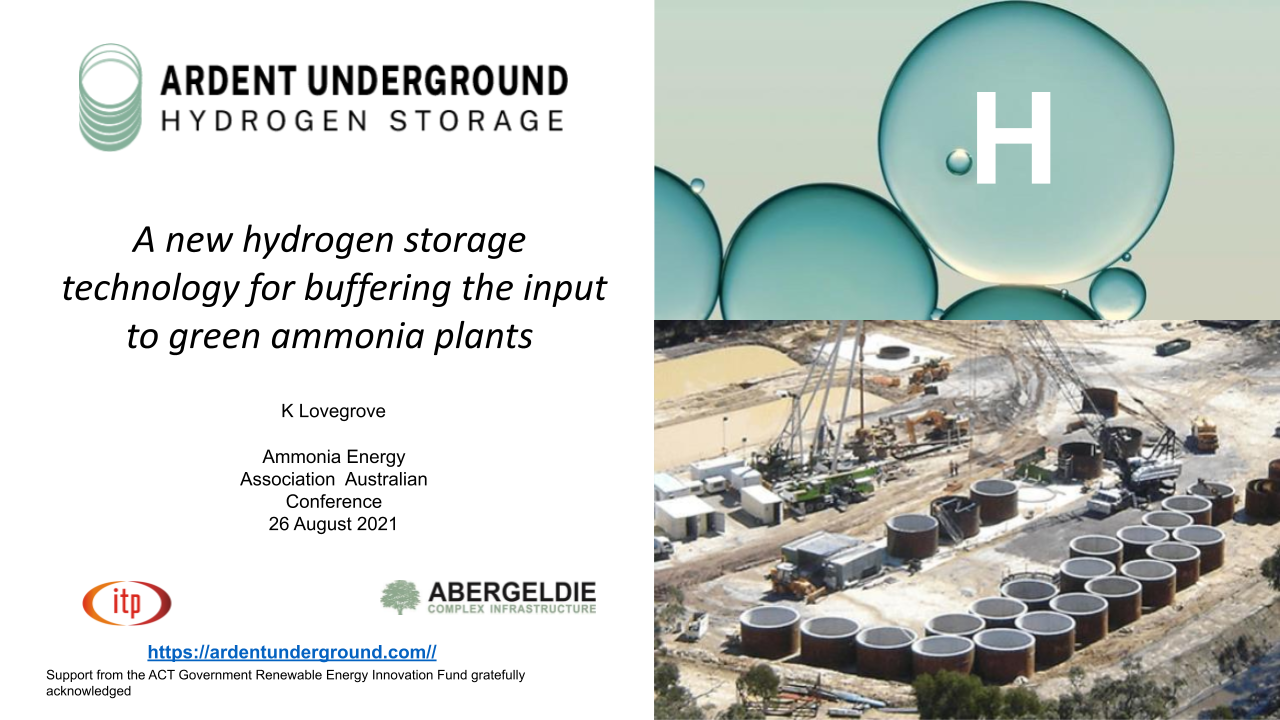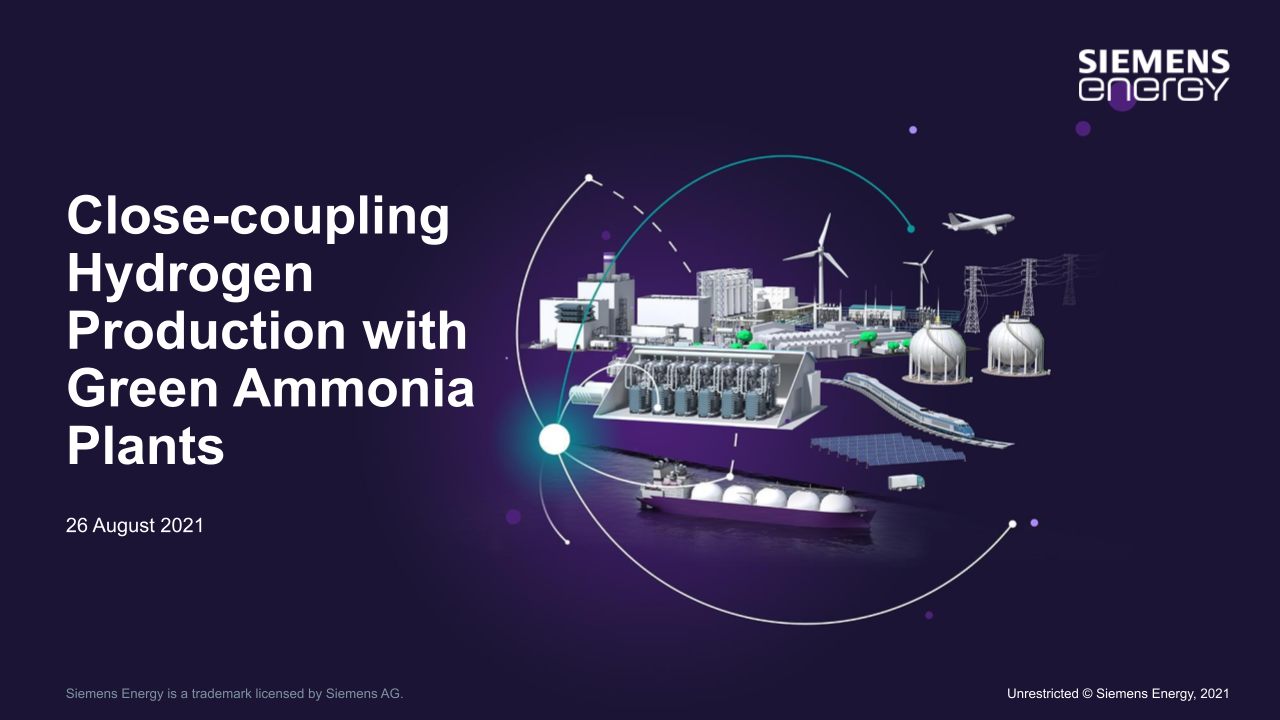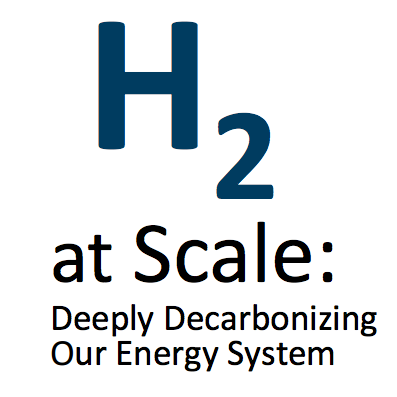Hydrogen Storage
Hydrogen City & green ammonia from the Port of Corpus Christi
Green Hydrogen International will lead development of the world’s largest green hydrogen production & storage hub in Duval County, Texas. Hydrogen City features 60 GW of solar & wind energy generation, which will power production of 2.5 million tonnes of green hydrogen. Salt cavern storage and ammonia production are among the target end-uses, with green ammonia to be exported to international markets from the Port of Corpus Christi. A similar, GW-scale project is already under development in Corpus Christi: the Gulf Coast green fuels hub.
The Future of Ammonia Cracking
A new hydrogen storage technology for buffering the input to green ammonia plants
Close-coupling variable green hydrogen production with small scale ammonia production
ITM Power, Sumitomo Enter Strategic Partnership
ITM Power and Sumitomo Corporation have entered into a strategic partnership “for the development of multi-megawatt projects in Japan based exclusively on ITM Power’s electrolyser products.” The two companies will also look for collaborative opportunities outside Japan. In a July 9 press release, ITM refers to the two companies’ shared vision for “the use of hydrogen to decarbonise heat, transport and industrial processes” as the foundation for the arrangement.
Hydrogen Plans Appear, But Where Is Ammonia?
The concept of hydrogen as the centerpiece of a sustainable energy economy continues to gain momentum. It is the focus of recent reports from France and the United Kingdom that consider the topic from two distinct but surprisingly convergent national perspectives. And while ammonia is not given a role in either treatment, this seems to be because the authors' thinking has not arrived at a level of detail where ammonia's virtues become salient.
Ammonia-Hydrogen Energy Storage Highlighted in Australia
A new report from Australia identifies ammonia as a key part of a hydrogen-based high-volume energy storage system. On November 20, Australia’s Council of Learned Academies (ACOLA) and its Chief Scientist released “The Role of Energy Storage in Australia’s Future Energy Supply Mix.” In addition to hydrogen, the report covers pumped hydro, batteries, compressed air, and thermal systems. Its rationale for including ammonia is starkly simple: “Hydrogen gas is difficult to transport due to its low density; instead, it is proposed that hydrogen is converted to ammonia for transport, and then converted back to hydrogen for use.” Although an ultimate ranking of energy storage options is not provided, the hydrogen-ammonia combination arguably emerges as the best option in terms of economics, environmental and social impact, and deployability.
Ammonia Energy Gains Recognition from U.S. Department of Energy
In the last 12 months ... Ammonia energy has gained recognition from the United States Department of Energy, in both bottom-up and top-down programs. This establishes ammonia energy in the world’s largest economy as a legitimate target for both public- and private-sector investment.









